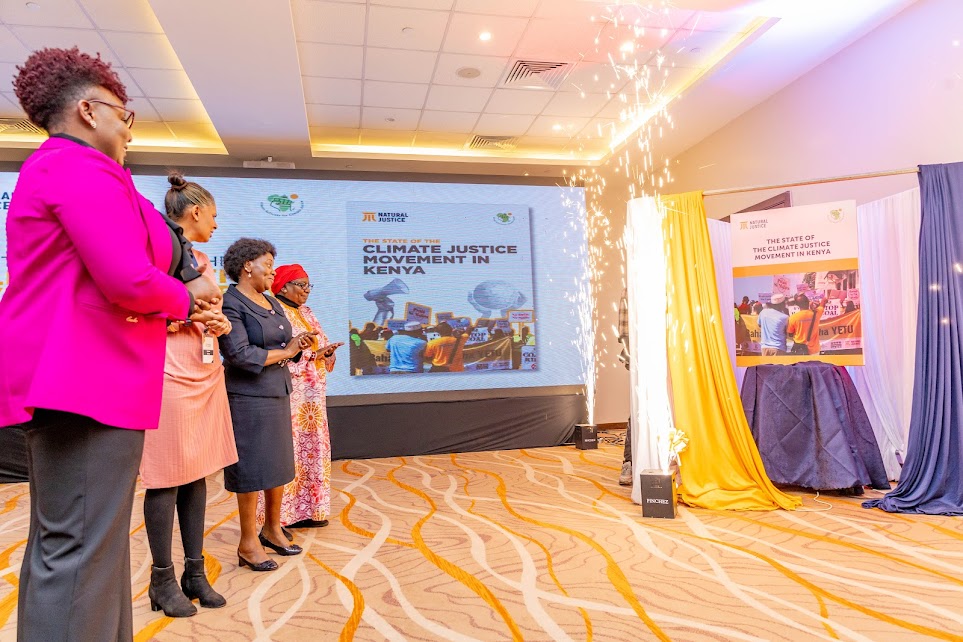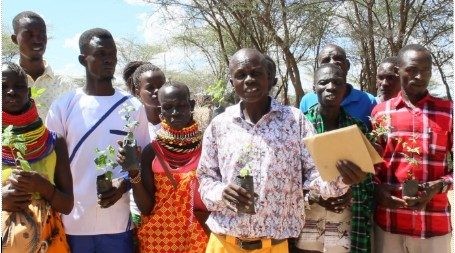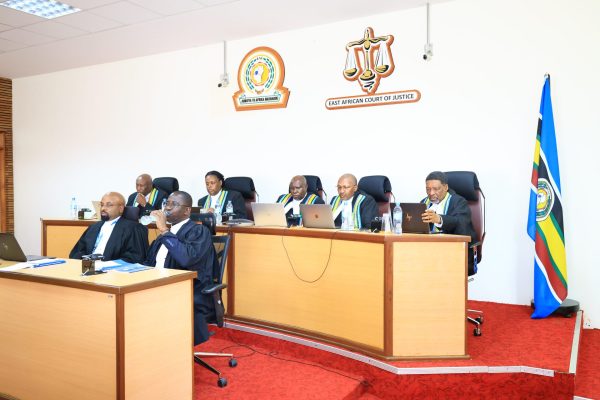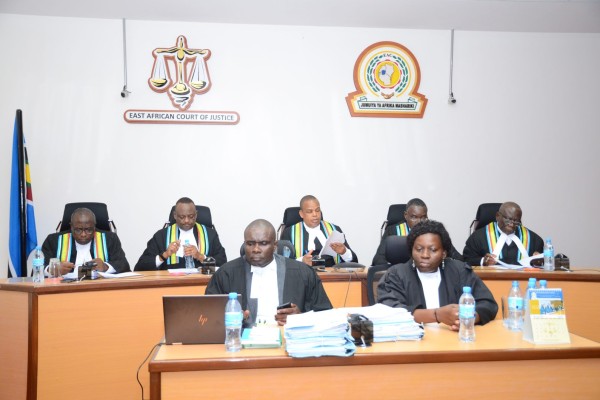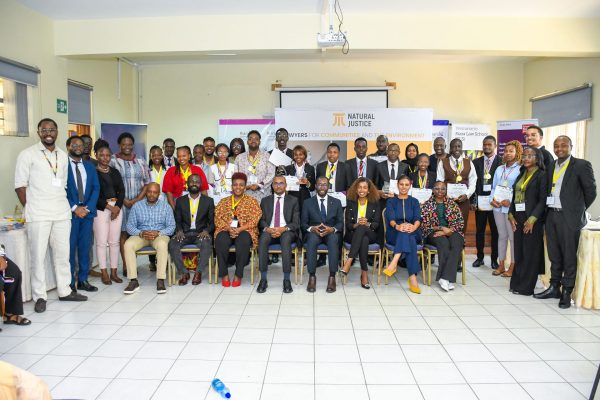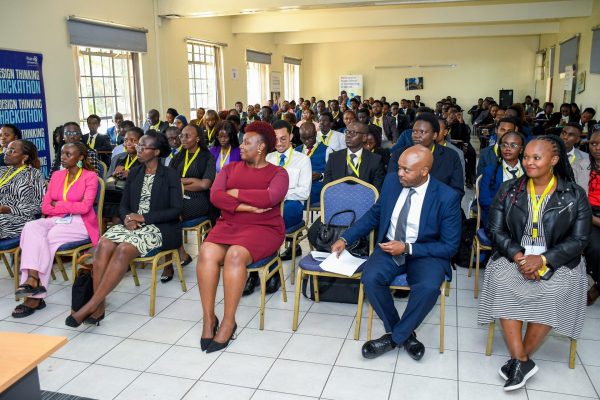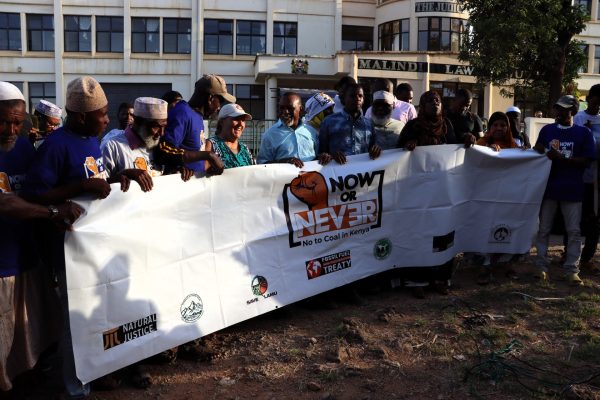Nairobi, Kenya — 03.07.2025
A new report mapping the State of the Climate Justice Movement in Kenya reveals a powerful truth: the climate justice movement in Kenya is deeper, broader, and more diverse than it has been given credit for. While the spotlight often falls on NGOs and formal institutions, the real frontline of this struggle lies within communities — from Indigenous Peoples defending ancestral lands, to women safeguarding food systems and youth organizing for cleaner futures.
The report, spearheaded by Natural Justice – East Africa, highlights that Kenya’s movement is alive in both registered organizations and informal, unregistered networks. Some community groups have chosen to remain unregistered, deliberately preserving their autonomy and cultural identity. Despite this vibrancy, many of these actors remain underrepresented in policymaking, largely due to limited capacity, systemic exclusion, and underfunding.
“People don’t always call themselves part of a movement. They call themselves defenders — of their water, forests, health, and dignity. This is where the climate justice movement truly lives,” notes the report .
Key Outcomes of the Report
The Rise of Community Litigation
From Turkana to Taita Taveta, communities are increasingly turning to the courts to defend their rights and their environment. The report notes that at least one climate justice-related case is active in nearly every region. This rise in litigation signals a maturing movement — one that is no longer just resisting but actively shaping laws and policies.
Tangible Benefits Drive Engagement
Where funding exists, such as in the World Bank’s Financing Locally-Led Climate Action Program (FLLoCA), community engagement soars. The report underscores that people are not apathetic — they are motivated by development that aligns with justice. When climate justice comes with real outcomes — clean energy, food security, health services — communities organize
Climate Justice Is a Health and Gender Issue
The report underscores that climate change in Kenya is experienced in deeply personal ways. It is about maternal health, mental well-being, access to clean water, and the ability to raise families in dignity. Gender and health have emerged as clear entry points for climate justice — especially for women and youth who are disproportionately impacted by climate injustice.
Gaps in Technology and Visibility
Despite Kenya’s tech-savvy population, digital tools remain underutilized in climate justice. There is untapped potential in data collection, early warning systems, and community storytelling. Meanwhile, media coverage is sparse. The courageous work of climate defenders — especially in resisting extractive projects — is rarely profiled. The report calls on media houses and journalists to amplify local voices and spotlight underreported struggles.
Limited Political Will, But Strong Community Resolve
The report also warns that political goodwill, particularly at the county level, remains weak. Community voices are often sidelined in climate decision-making, and tokenism continues to replace genuine participation.
Yet despite these barriers, the climate justice movement in Kenya endures — creative, determined, and deeply rooted in people’s daily lives.
“This report lays bare both the power and the precarity of Kenya’s climate justice movement. It affirms what we already know: that real climate leadership is being forged in communities by women, Indigenous Peoples, youth, and grassroots organisers who are building just, transformative solutions under immense pressure and with limited support. At Natural Justice, we stand shoulder to shoulder with them, committed to legal empowerment, policy influence, and movement building. The path ahead demands bold collaboration, deeper solidarity, and the full inclusion of those at the frontline. That is the future we are working toward—together.”
Elizabeth Kariuki, East Africa Hub Director, Natural Justice
The Report provides these
Key Recommendations:
- Strengthen the movement through policy development, capacity building, and grantmaking.
- Build stronger networks between communities, organizations, and individuals.
- Address power struggles over civil society representation on the National Climate Change Council.
- Ensure grassroots groups, Indigenous Peoples, and Local Communities are fully included in decision-making.
- Promote partnerships between large NGOs and community organizations to bridge capacity gaps.
- Recognize and integrate Indigenous knowledge systems in climate policy frameworks.
See the infographic here

